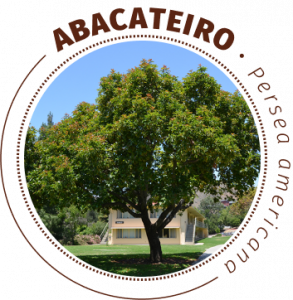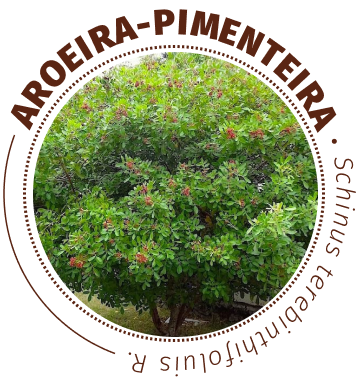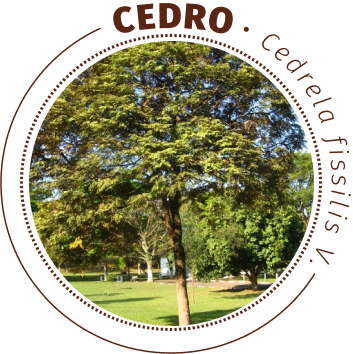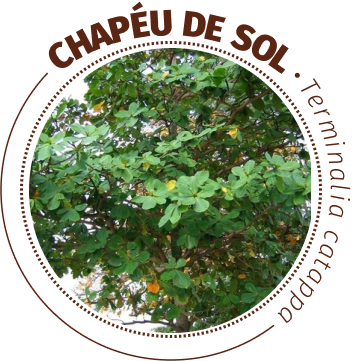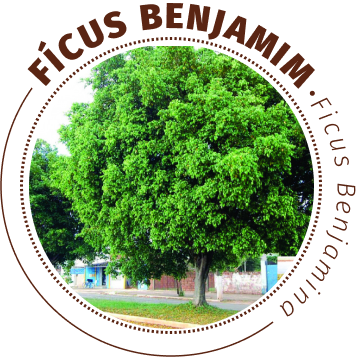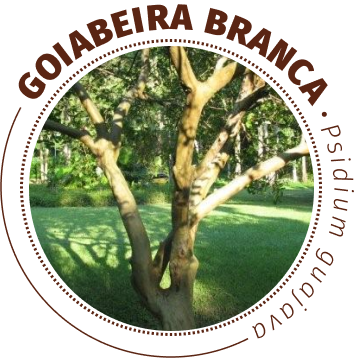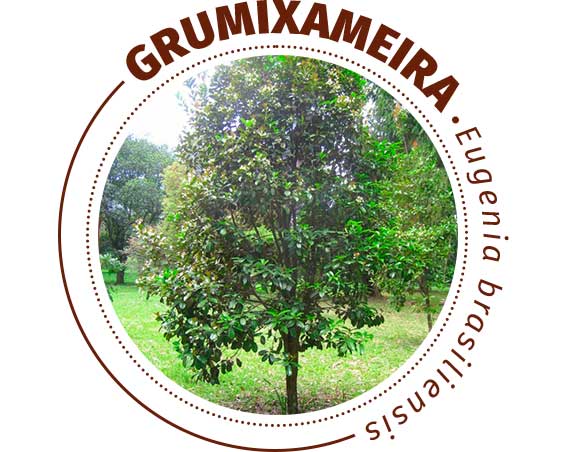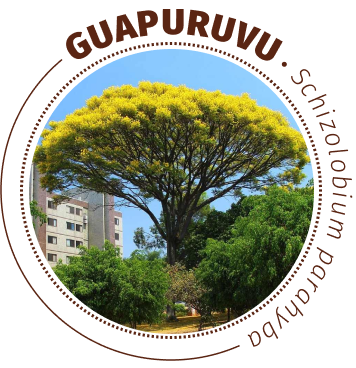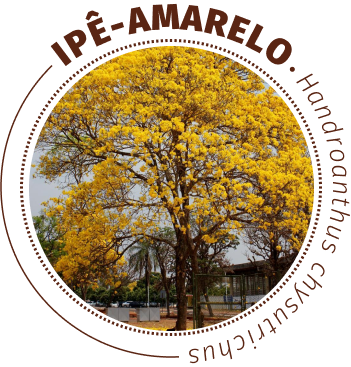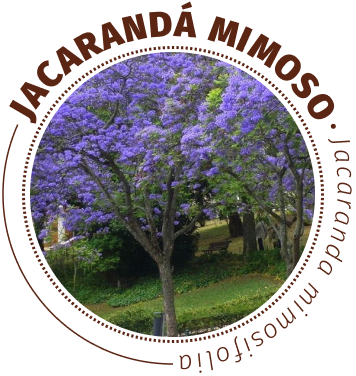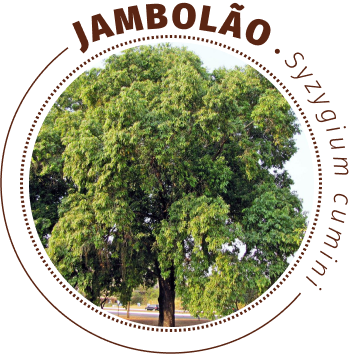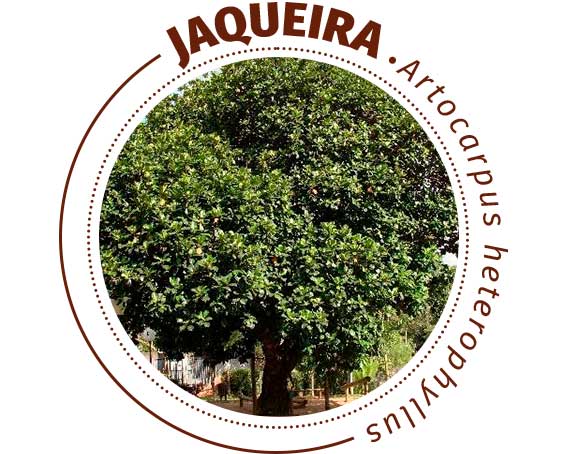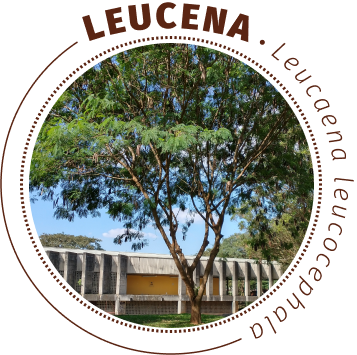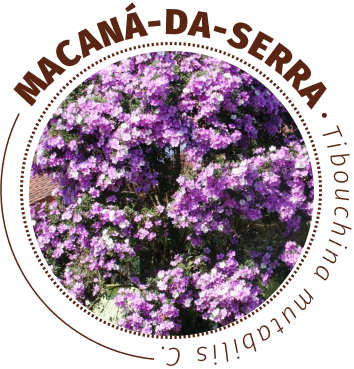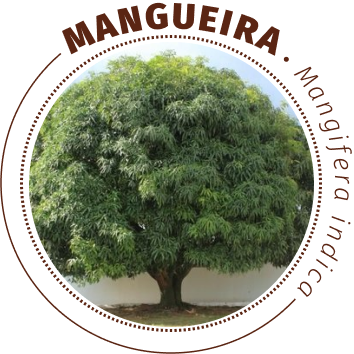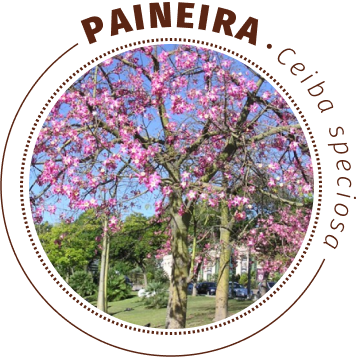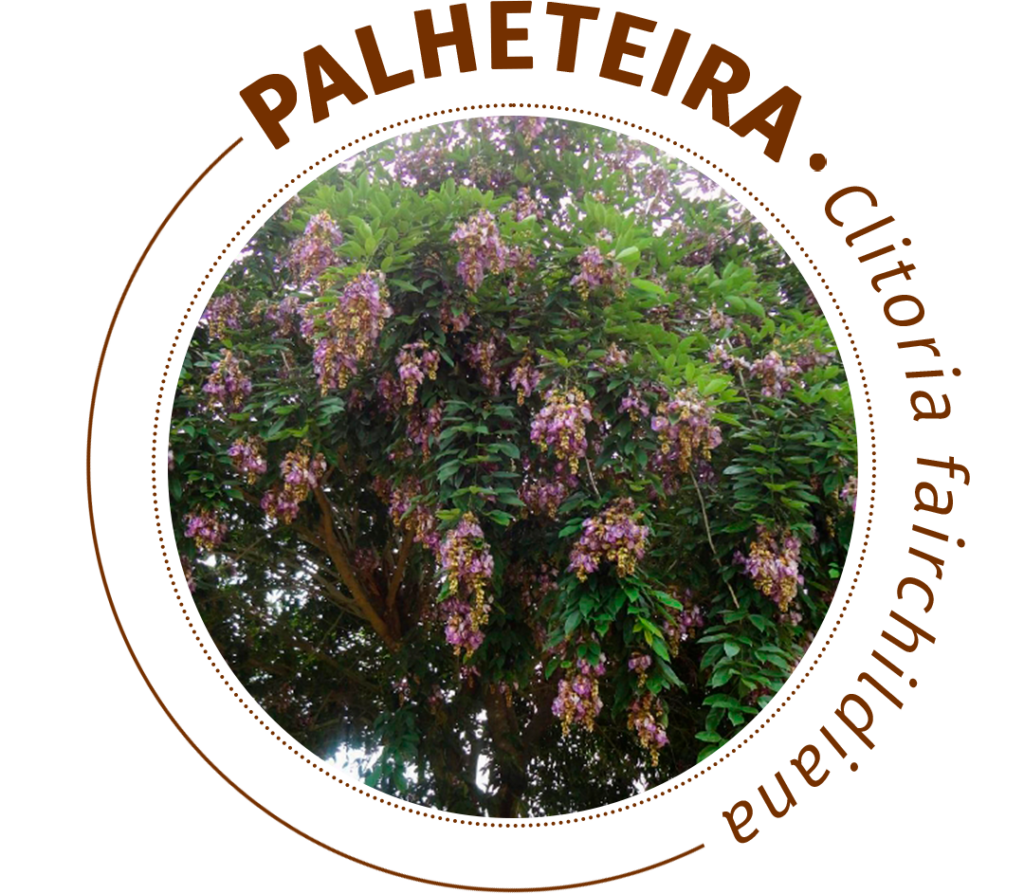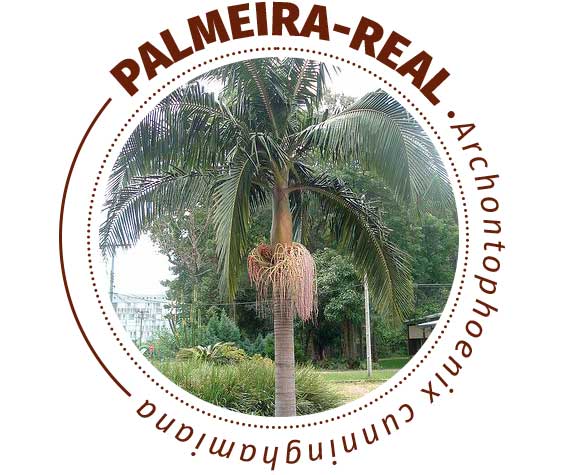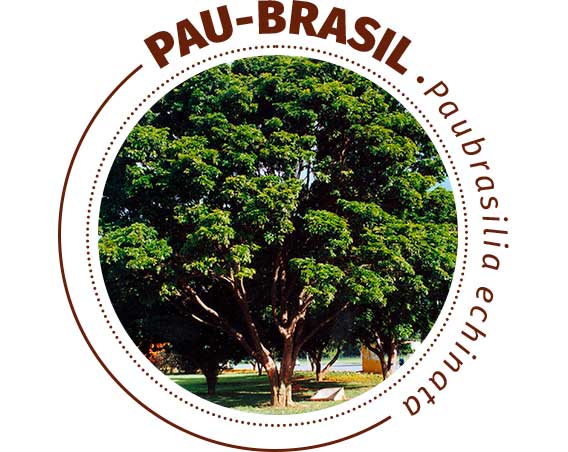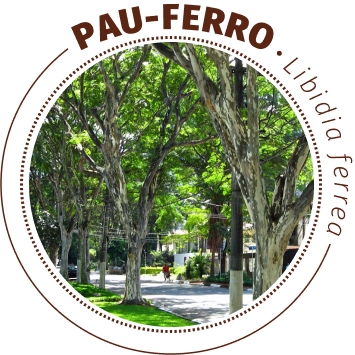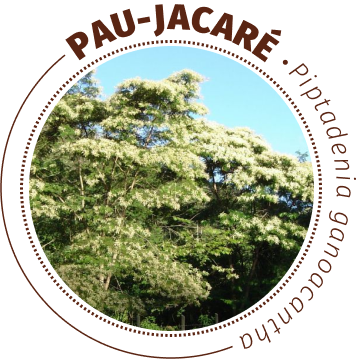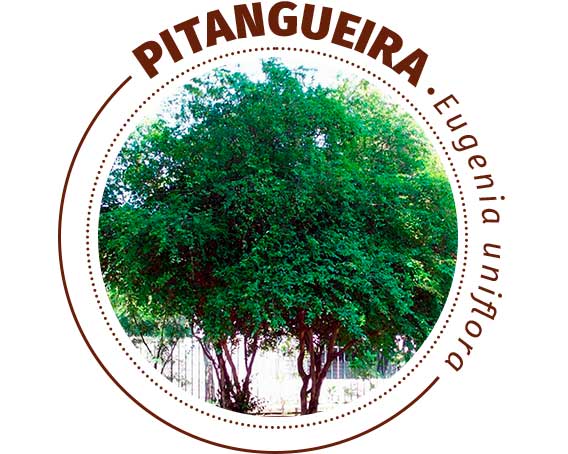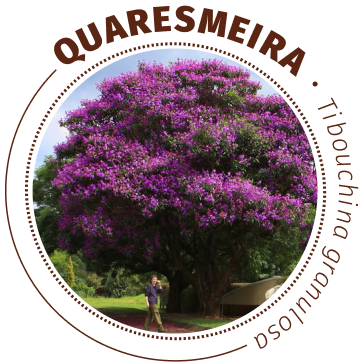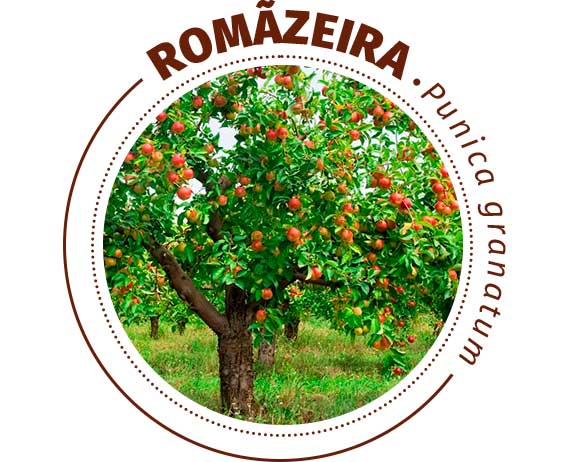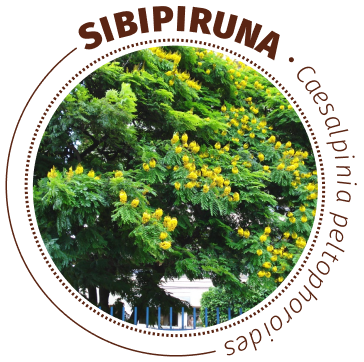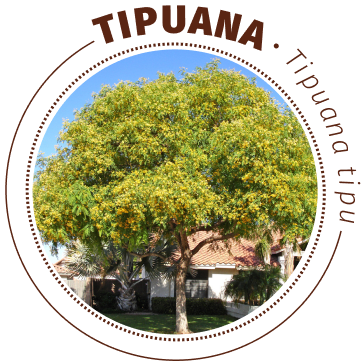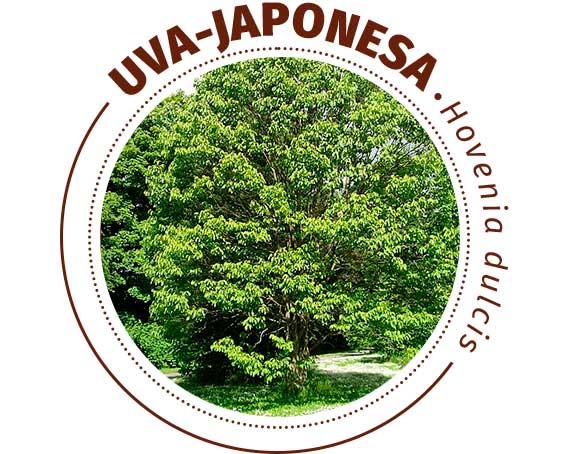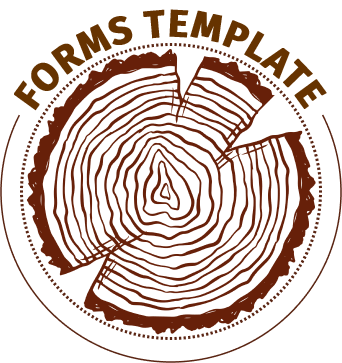Species
Although the current recommendations contained in urban afforestation manuals, in general, favor native tree species in the region, the situation found in the municipalities reveals the coexistence of these with several exotic species. This situation often stems from old models of afforestation, when the ornamental aspects were superimposed on other criteria for choosing the species for planting, generating several problems in relation to the urban environment and the coexistence with other species of existing native flora and fauna.
In any case, the current manuals of urban afforestation of the municipalities of the State of São Paulo contemplate a great diversity of species, having been found more than 330 of them in only 10 analyzed, classified by:
- origin: exotic and native (forest formations of the State of São Paulo: Deciduous or Semideciduous Seasonal Forest; Cerradão; Cerrado; Paludosa Forest; Dense Ombrophilous Forest; Mixed Ombrophilous Forest; Restinga)
- Size: small trees (up to 4m high), small (up to 5m – 8m), medium (up to 8m – 16m) and large (up to 12m – 16m or more) trees.
Technical sheets of 20 trees commonly found in urban afforestation in São Paulo Municipalities, click on the icon of each species to access the corresponding technical sheet:
Identification of species on site
In some situations, the species existing in certain locations may not be known. In this case, some applications, although often imprecise and endowed with little data on native species of our state, can also be used on cell phones, such as:
Technical sheets of tree species
For the proper planning of the use of residues from pruning and suppression activities, in view of such diversity, the starting point is the knowledge of the characteristics of each tree species, especially those of greater occurrence in the place (both qualitative and quantitative data can be obtained through the tree inventory). These characteristics can initially be raised in the scientific literature on the subject. However, they must be consolidated and complemented by means of research and tests with specialized research centers, aiming at characterizing the wood (trunk and branches) of the specimens of those species, grown in the conditions of the local habitat.
It is recommended that species identification sheets contain, in addition to images of the crown, trunk, flowers, leaves, seeds and wood, at least the following information:
- scientific name, popular name and origin
- average height and DBH (diameter at breast height)
- wood density, sensory and workability aspects
- decay resistance
- indicated uses
Regarding this last aspect, it results from the combination of the previous factors, among others. Roughly speaking, however, the literature indicates, at least, that the density of the wood is observed, as a preliminary criterion for defining potential uses:
density (g/cm3)
low < 0,50
medium > 0,50 a < 0,70
high > 0,70
indicated uses
SWOs – Small Wooden Objects: ashtrays, tool handles, decorative objects, jewelry holders, card holders, small vases, frames, tile panels, etc.
wooden furniture and decorative objects
high > 0.70 Beams, doors, fixtures, decks, floors, building components, furniture, design and architecture

